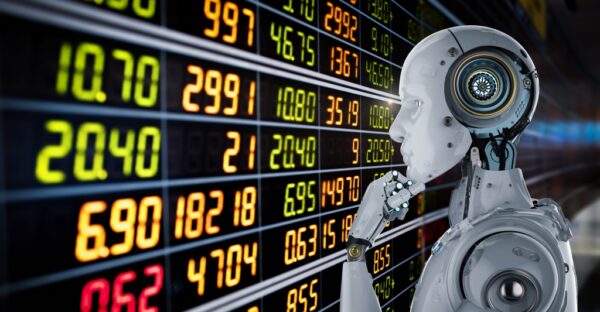How Is Artificial Intelligence Transforming Business in 2022?

How Is Artificial Intelligence Transforming Business in 2022?
Artificial intelligence (AI) is the imitation of human intelligence. Artificial intelligence, on the other hand, is the development of intelligent computers capable of thinking and acting like humans. We can create artificial intelligence by using machine learning.
Artificial intelligence is used in machine learning, which studies computer algorithms, picks up new information automatically, and enhances user experience. The computer, robotic devices, and other machinery use computer data structures and algorithms to develop the Propensity Model.
A statistical model called the Propensity Model is used to forecast your customers’ behaviour. The best applications of artificial intelligence in daily life include planning, learning, problem-solving, and speech recognition like Alexa and Siri.

About Artificial Intelligence
Artificial intelligence (AI) is the intelligence displayed by machines, as opposed to the natural intelligence displayed by animals, including humans. The focus of AI research has been established as the study of intelligent agents, or any system that comprehends its surroundings and behaves in a way that maximises its chances of success.
Previously, “artificial intelligence” was used to describe robots that mimic and display “human” cognitive capacities related to the human mind, such as “learning” and “problem-solving.” Major AI researchers have now disproved this idea and are explaining AI in terms of rationality and acting rationally, which does not impose limitations on the expression of intelligence.
Examples of AI applications are cutting-edge web search engines like Google, recommendation systems like YouTube, Amazon, and Netflix, speech recognition software like Siri and Alexa, self-driving cars like Tesla, automated decision-making, and dominating the best strategic game systems (such as chess and Go).
The AI effect is a phenomenon where actions once thought to require “intelligence” is frequently taken from the definition of AI as machines grow more and more capable. For instance, despite being a commonplace technique, optical character recognition is typically left out of the list of items that are regarded to be AI.
Since its establishment as a field of study in 1956, artificial intelligence has gone through many waves of optimism, followed by setbacks and a reduction in financing (known as an “AI winter”), then new strategies, achievements, and increased investment. Since its inception, AI research has experimented with and abandoned various methodologies, including modelling human problem-solving, formal logic, extensive knowledge bases, and animal behaviour imitation.
Machine learning that is heavily based on mathematics and statistics has dominated the subject in the first two decades of the twenty-first century. This approach has effectively solved many challenging problems in both industry and academia.
The numerous subfields of AI study are focused on specific objectives and the use of certain techniques. Reasoning, knowledge representation, planning, learning, natural language processing, sensing, and the capacity to move and manipulate objects are some of the classic objectives of AI research. One of the long-term objectives of the area in general intelligence, or the capacity to solve any problem.
Artificial neural networks, formal logic, search, and mathematical optimisation are just a few of the approaches that AI researchers have adopted and integrated to address these issues. They have also used techniques from statistics, probability, and economics. Computer science, psychology, linguistics, philosophy, and many other disciplines are also influenced by AI.
The idea that human intellect “can be so thoroughly characterised that a machine may be constructed to imitate it” was the study’s foundation. This sparked philosophical discussions about the mind and the moral ramifications of creating intelligent artificial entities, which have been topics of myth, literature, and philosophy since antiquity. Since then, computer scientists and philosophers have argued that if artificial intelligence is not directed toward useful ends, it may eventually pose an existential threat to humanity.
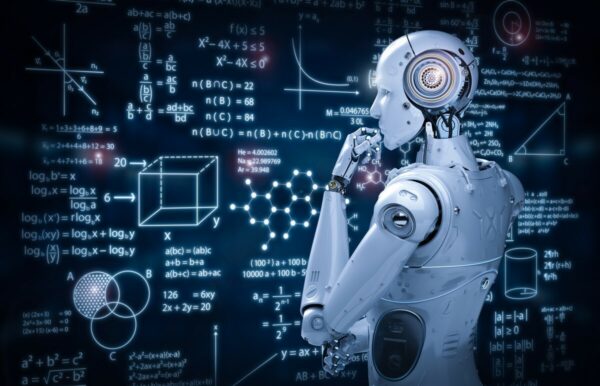
How Artificial Intelligence is Helping in Business Today
In today’s businesses, artificial intelligence systems serve as supporting tools. It can function as a replacement for people, but it has a lot of problems carrying out practical duties in the actual world. Artificial intelligence software can process and interpret data more quickly than human brains can.
Additionally, it can return some actions and show them to human users. Instead of using conventional software to make decisions, artificial intelligence can. It can make a choice even in a scenario that the programmers had not previously anticipated. Maintaining the relationship between the clientele and the business is made much easier by it.
The customer relationship management system is changing due to artificial intelligence. Companies that require a lot of human interaction, like Zoho and Salesforce, must remain accurate and up to date. These platforms use AI to assist the CRM to self-correct and self-update, allowing you to have the finest customer interactions possible.
Artificial Intelligence in Finance
The importance of financial services and the overuse of AI in this sector are both problematic. The McKinsey research claims that certain businesses have experienced profit margins that are over ten per cent higher than the industry standard.
Artificial intelligence in banking can be considerably more advantageous for users. The judgments that must be made in the financial sector may require careful examination. The task of verifying the accounts can hardly ever take some time with the aid of AI.
Additionally, AI can improve data-driven decision-making, as demonstrated by science. AI can assist the banking sector by performing some repetitive jobs more effectively and quickly than humans.

Financial Services Using Artificial Intelligence
Artificial intelligence use in the financial services industry has reached a high point. Below are some of the most typical applications.
- Fraud Prevention
AI is employed by businesses to lower costs and boost revenue. Additionally, it is particularly useful in preventing fraud. $16 billion was taken by thieves or considered theft in 2016. The AI recognises the client’s actions, whereabouts, and purchasing patterns that appear suspicious and out of the ordinary.
-
Trading
Machine learning and artificial intelligence are particularly useful in trading. They can collect data more quickly than people, which helps technology advance every day. It assists in removing the emotional components of trading.
-
Personalised Banking
AI is being used extensively by banks and fintech businesses to improve client connections and services. AI aids the customer in comprehending the risks associated with various insurance packages. Monitoring your spending habits, earnings, and objectives can help you develop a financial plan.
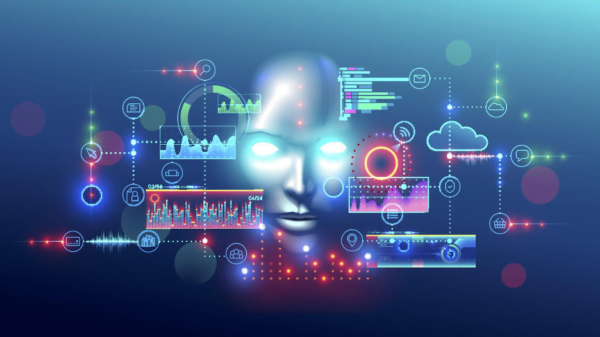
Artificial Intelligence in Marketing
The growth of AI results in a boom in the marketing sector. It is helpful to collect more and more data to design the finest marketing strategy and improve marketing techniques.
Marketing Attributes
Different marketing channels, such as offline marketing, TV, radio, and billboards, are challenging to evaluate regarding their influence. Two well-known marketing strategies, the marketing mix model and the attribution model, must be used to solve this issue.
An attribution model is a collection of guidelines or a scientific method for calculating the marketing strategies contributing to a sale or conversion. A marketing strategy used to market a company’s goods and services is known as the “marketing mix model.”
Customer profiling is a method for developing customer profiles to comprehend your customers’ decision-making problems. The customers are separated into smaller groups by creating profiles, and each group is assigned a representative with a photo, name, and description.
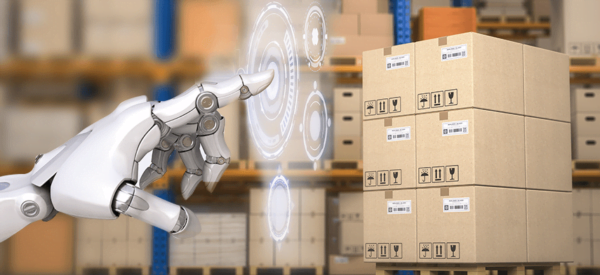
Artificial Intelligence in Logistics
Every industry needs logistics to function. By developing AI applications like automated warehouses and automated cars, logistics is made more effective with the use of AI.
-
Automated Warehouse
Thousands of robots are moving from point A to point B in an automated warehouse to meet demand. Additionally, the automated warehouse lowers expenses overall by requiring less warehouse space and reducing the need for transportation.
-
Automated Vehicles
The development of autonomous vehicles is crucial given the advancement of AI. Because humans need to rest and sleep while driving, which causes deliveries to be late, the development of autonomous vehicles is incredibly beneficial for people since there is no longer a transportation shortage.
The most successful autonomous vehicle is Tesla. Although they are seldom known, Rolls-Royce automobiles and Intel are also working on developing autonomous vehicles. To enable the autonomous chips, they jointly designed an intelligence awareness system.
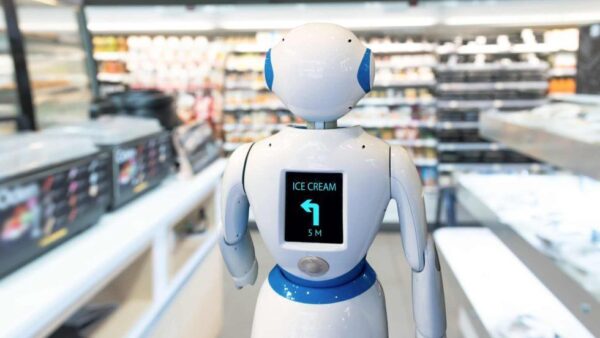
Artificial Intelligence in Retail Market
One of the industries with the highest competition in retail. To stand out from the throng, fresh inventions and technologies are necessary. AI is used in the retail sector in many stages of the product and service cycle.
-
Chatbots And Robot Assistants
A conversational agent that uses artificial intelligence is known as a chatbot. They mostly use web-based applications and standalone applications to interact with visitors. For instance, Softbank’s social humanoid robot Pepper is deployed in physical stores to interact with customers and offer them individualised help.
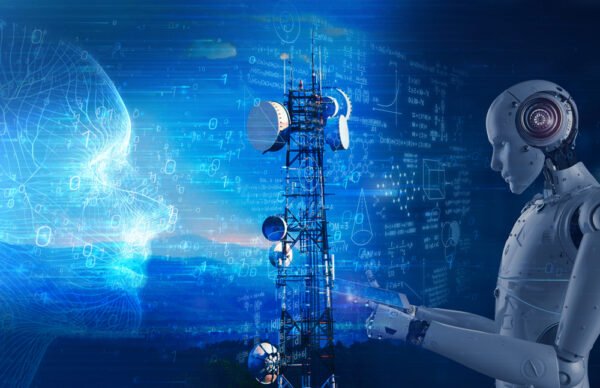
Artificial Intelligence in Telecommunication
One of the largest sectors in the world is the telecom sector. Because our industry is so valuable, every distinction counts. Three main artificial intelligence applications are used in the telecom industry:-
-
Churn Prediction Modelling
Churn prediction is the process of identifying customers who are most likely to end their contract or subscription. Churn prediction is crucial since it helps businesses better anticipate their future revenue. Churn prediction enables us to pinpoint the areas of your company where customer service is failing.
-
Network Optimisation
Network optimisation is the process of making a network better. Many approaches enhance and monitor network performance, including bandwidth management, global load balancing, reducing latency, and monitoring packet loss. By utilising artificial intelligence, we can improve speed, scalability, and effectiveness in network optimisation.
-
Predictive Maintenance
Predictive maintenance refers to monitoring the state of in-service equipment to lower the risk of equipment failure. A different name for it is condition-based maintenance. By utilising artificial intelligence, it may track historical, sensor, and meteorological data to verify that a machine is in proper working order or to determine when maintenance is required.
No one can forecast the future of artificial intelligence, but you can make predictions about it. Artificial intelligence, for instance, is prepared to carry out sensible duties and is easily managed by computers. We can predict that robots will be a part of our daily lives in the future. Many businesses are attempting to innovate with AI technology, like Tesla, which is developing autonomous vehicles. In the future AI is going to lead our life.
Conclusion
Artificial intelligence (AI) refers to a machine’s capacity to mimic human behaviour and a human decision-making tendency. The number of AI initiatives has significantly increased as technology has advanced. Many services in today’s society rely on AI.
Basic AI examples include chatbot-based help desk services, banking software that employs AI to simplify tasks, etc. The aforementioned essay describes how AI has changed business and how it continues to advance.

